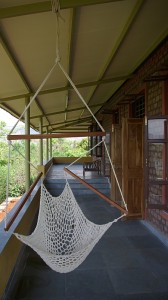Researchers at IIT Kanpur are working on a toilet design that will reuse water. The design is still under development but, if it works as advertised, it’ll be a good thing because the amount of fresh water flushed down the drain is dramatically reduced. The article at Down To Earth may disappear in the next few days because access to archives requires subscription. From what I understand of the system, a vortex is created to clean the pan and then, further, to separate the solid from the liquid matter. The liquid is then being pumped back for reuse. In places where there is little or no power, hand-pumps can be used a couple of times a day.
What you are left with is dry waste which can be composted and reused liquid which contains a lot of urine. They’ll have to work on the smell angle because… well… have you ever been to a urinal at a train station? The smell is so strong, methinks it would almost be commercially viable to bottle the ammonia!
I’m also left wondering if at least a small amount of electrical power would be required to help with this mini centrifuge work better. Indian Railways have approved the design and they’re going to test it out on one particular route. It remains to be seen if the centrifugal force which is running on gravity is strong enough to override the rock and roll effect of a railway carriage running at high speed.
Finally, even if the system doesn’t work for reusing the water, I still think it’s a good idea to separate the solid and liquid components because dry composting is far more efficient.
Edit: The original article at Down To Earth Magazine has been removed.


